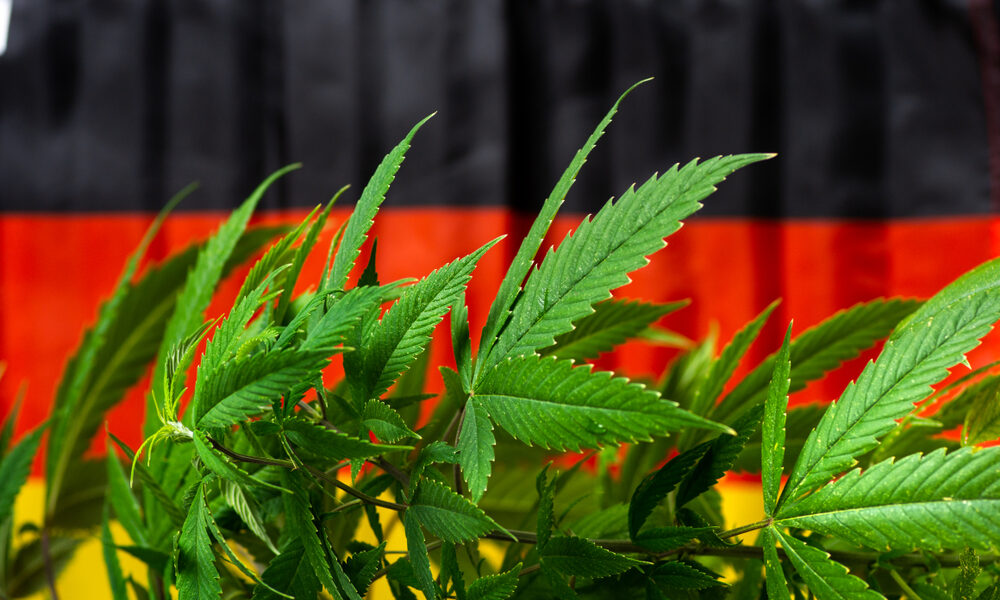Although Germany imported a record amount of cannabis for medical use and study purposes last year, data from 2022 shows that sales were low, leaving folks to wonder exactly what happened to all the product.
The information was collected by the Federal Institute for Drugs and Medical Devices (BfArM), which shows that sales were booming and the industry was popping off on a national level. But the truth is that much of that cannabis was used for research purposes, and medical cannabis sales were not keeping up with the supply.
In 2022 alone, nearly 25,000 kilograms, which equates to 27.6 tons, were imported into Germany either for medical or scientific reasons. This was 19% more than in 2021, when over 20,769 kilograms were imported. This represents a steady trend upwards for several years, as in 2021, the imports rose 77% from 2020.
And the growth rate for 2020 was 80%, while 2019 was 46%. Every year, the country is importing more and more cannabis. But what is happening to it?
According to the BfArM report, much of the imported cannabis never actually reached patients. It’s not clear if this is because the product was not high enough quality or because the cannabis was being re-exported to another country.
According to sources within the industry, the data only examines the increasing rates of import, but not other factors, such as government reimbursements for medical cannabis products. Since those reimbursements haven’t been rising at the same pace as imports, it shows that not all the cannabis is ending up in medical settings.
Additionally, it is not known how many of these imports were exported to other European countries, something that is legally and logically possible. It’s also worth noting that the amount of cannabis shipped to pharmacies is much less in comparison to the amount of cannabis being imported into Germany, suggesting that that cannabis will also not end up in sales reports.
“This data does not in any way reflect or mirror sales to patients in Germany,” Deepak Anand, head of international consulting at Denver-based Gateway Proven Strategies, said in an interview with MJBizDaily. “All it does is point to the fact that the import of cannabis into Germany for medical and scientific purposes is increasing.”
Anand also explained that reimbursements have not changed much since 2020, based on data from the German National Association of Statutory Health Insurance Funds. Data in regards to reimbursements does not account for patients who paid legally for medical cannabis out of their own personal finances.
“For companies interested in targeting the German market, patient and physician education is paramount,” Anand said. “It is also interesting to point out that product innovation—apart from the focus on high-THC flower—will prove vital.”
According to Anand, cannabis extracts are quickly growing in the German cannabis industry, with concentrates making up about 26% of the market share in October 2022. This was a 21% increase from the previous year, and shows that in some categories, there is traceable growth.
There are many conclusions that can be drawn—or at least guessed about—from this data, but it is not clear exactly why so much cannabis is being imported if it isn’t reaching the medical cannabis community.
Recreational cannabis in Germany is rapidly approaching reality though, as German Health Minister Karl Lauterbach confirmed that the first update to the governmental draft rules (which originally leaked back in October 2022) are on the way. The draft rules currently include language sharing that adults 18 and older would be able to possess between 20 to 30 grams of cannabis without punishment. THC limits for those 18 to 21 years of age would be limited to 10%, while adults over 21 may purchase products with up to 15%.

